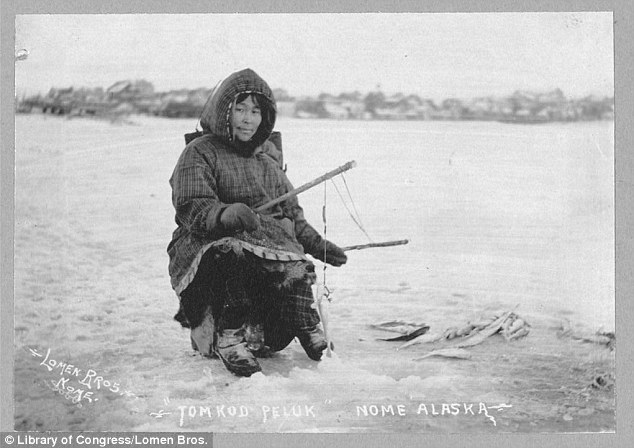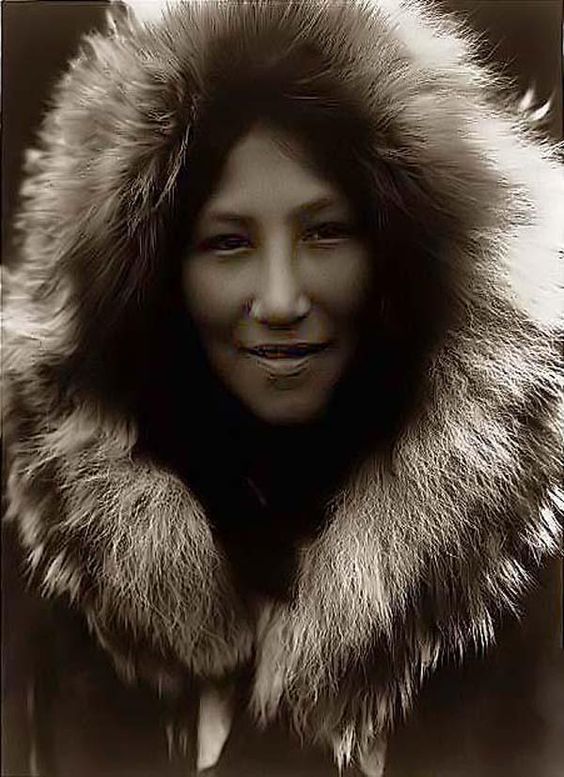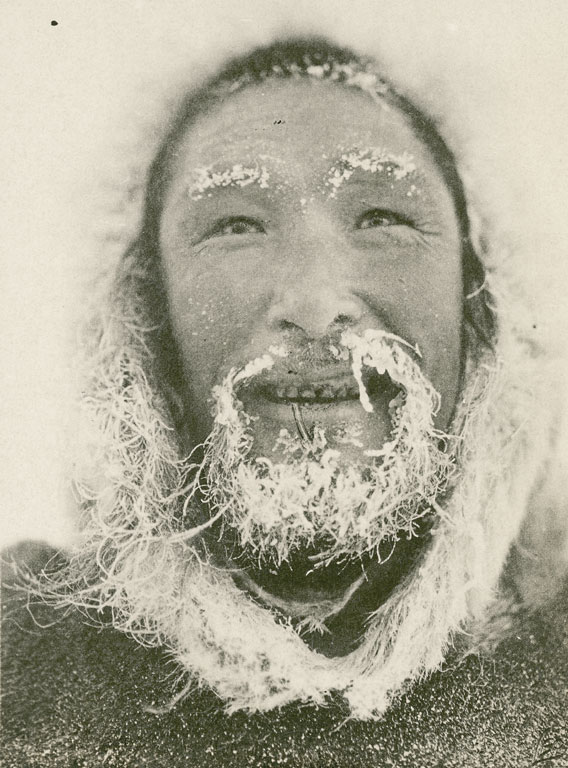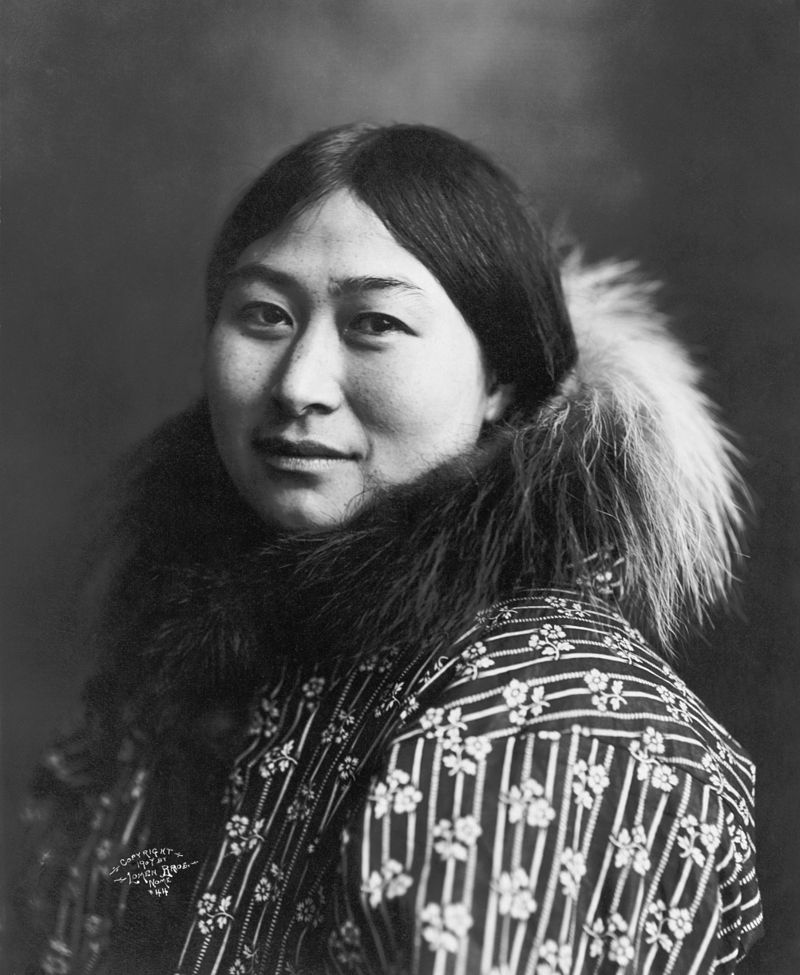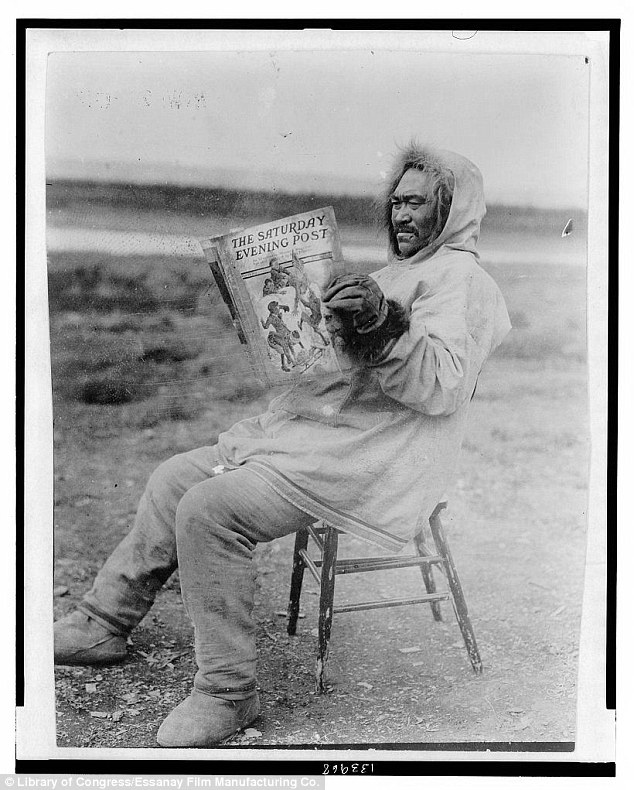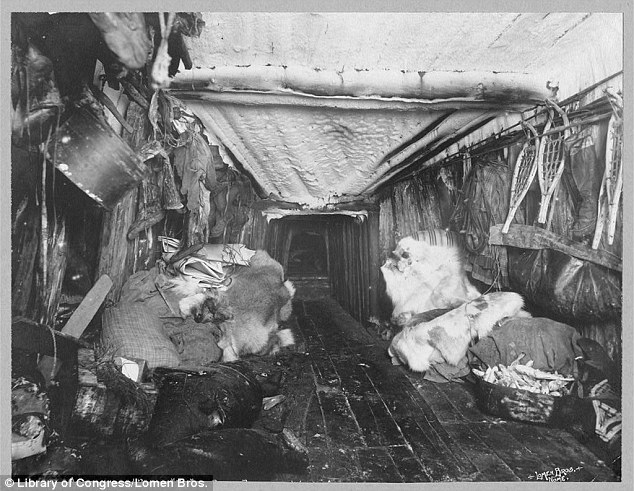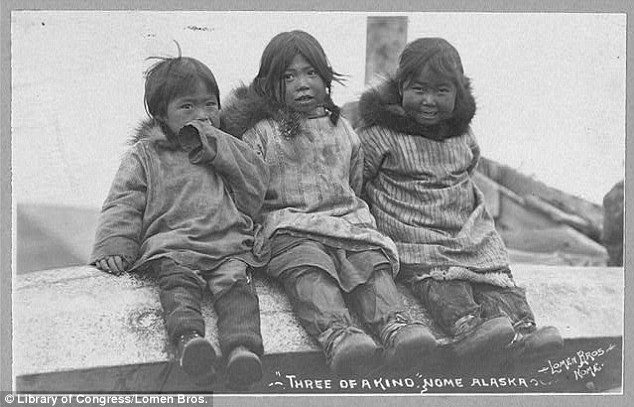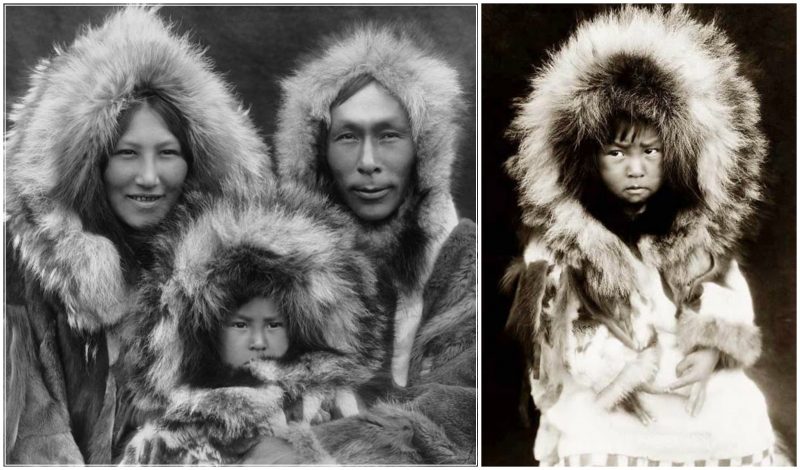Inuit are the indigenous peoples who have traditionally inhabited the northern circumpolar region from eastern Siberia (Russia), across Alaska (United States), Canada, and Greenland.
While since the late 20th-century numerous indigenous people viewed the use of the term “Eskimo” as offensive, because it was used by people who discriminated against them, in its linguistic origins the word did not have an offensive meaning. Alternative terms, such as Inuit-Yupik, have been proposed, but none has gained widespread acceptance.
In Canada and Greenland, the term “Eskimo” has fallen out of favor as pejorative and has been widely replaced by the term “Inuit”, “Alaska Natives”, or terms specific to a particular tribe. However, under U.S. and Alaskan law (as well as the linguistic and cultural traditions of Alaska) “Alaska Native” refers to all indigenous peoples of Alaska.
The term “Alaska Native” also includes groups such as the Aleut, who share a recent ancestor with the Inupiat and Yupik groups, and also includes the largely unrelated indigenous peoples of the Pacific Northwest Coast and theDene, who descend from other, unrelated major language and ethnic groups.
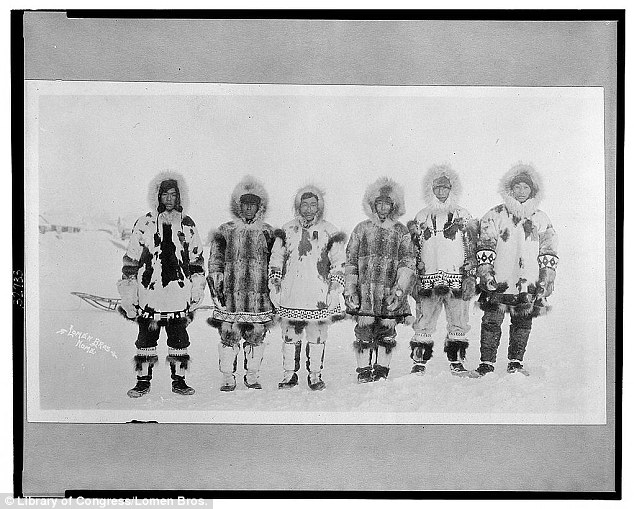
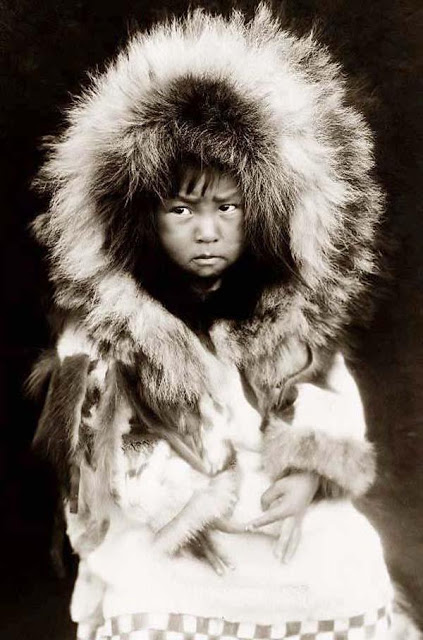
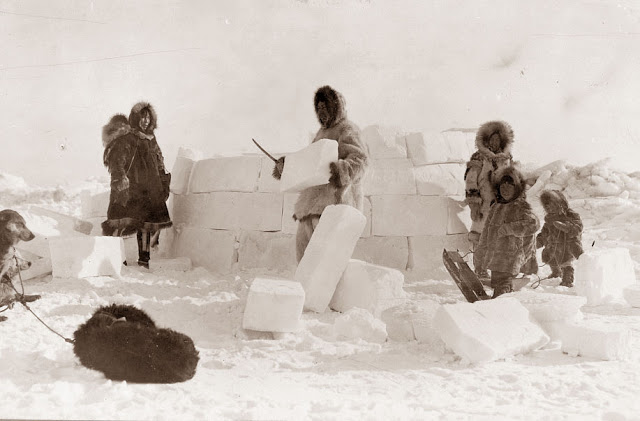
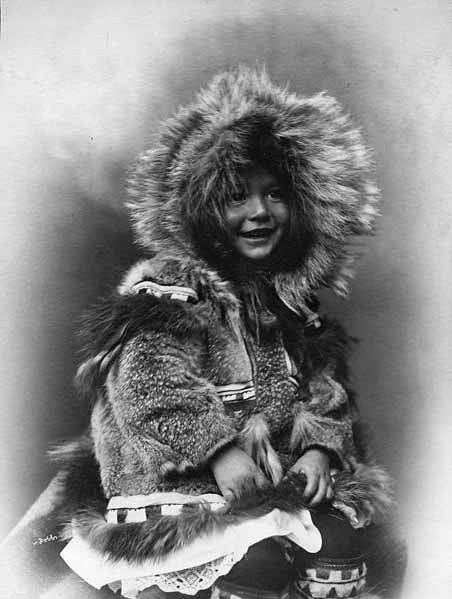
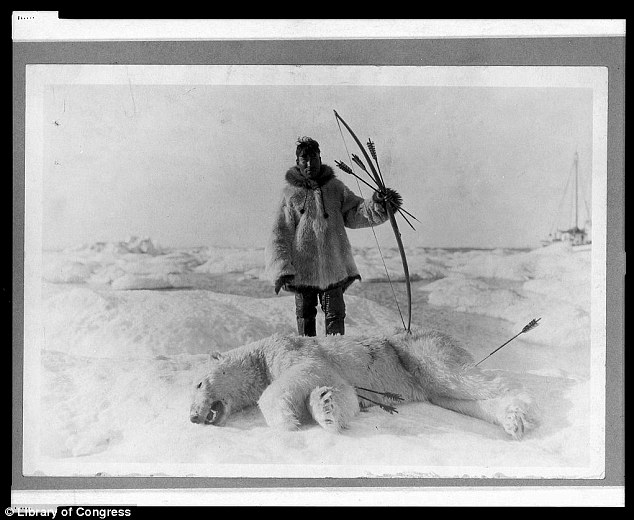
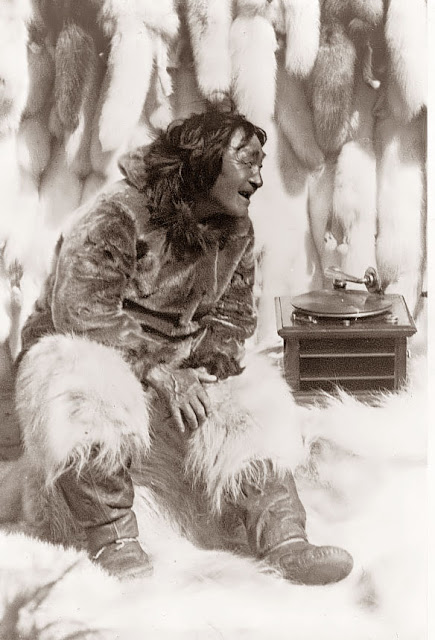
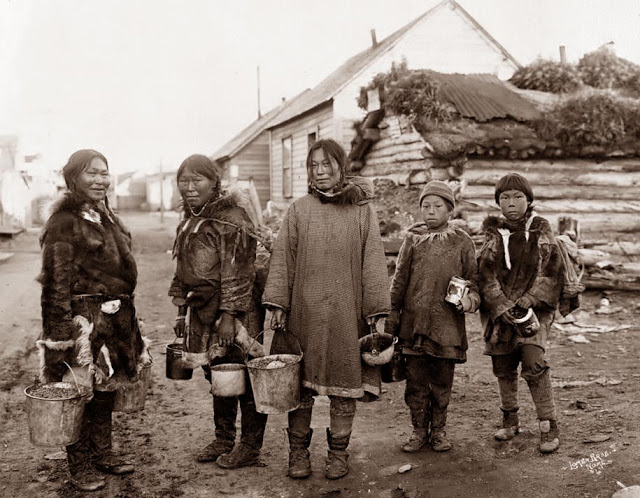
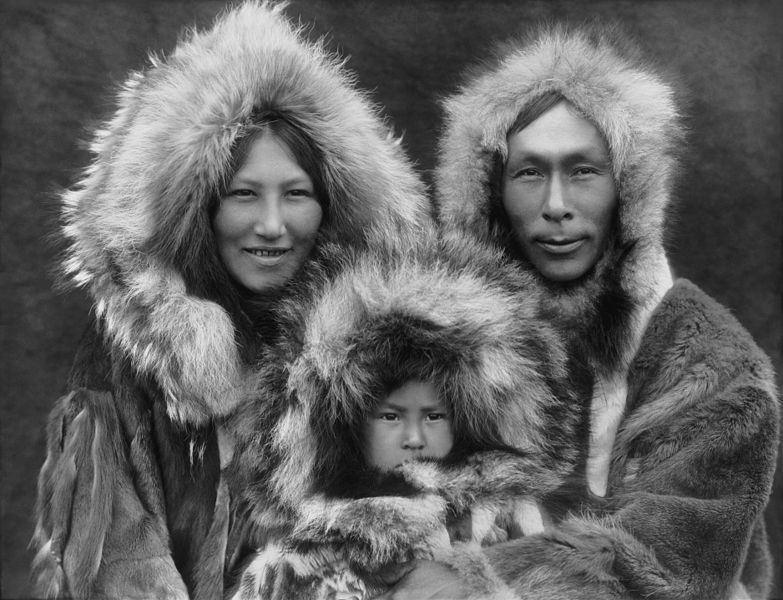
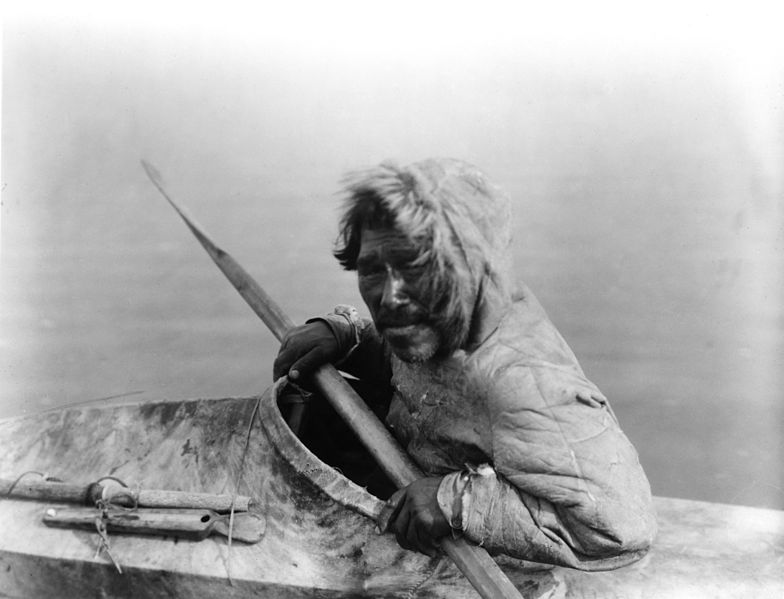
Several earlier indigenous peoples existed in the region. The earliest positively identified North American Inuit cultures (pre-Dorset) date to 5,000 years ago. They appear to have developed in Alaska from people related to the Arctic small tool tradition in eastern Asia, whose ancestors had probably migrated to Alaska at least 3,000 to 5,000 years earlier. Similar artifacts have been found in Siberia that date to perhaps 18,000 years ago.
The Yupik languages and cultures in Alaska evolved in place (and migrated back to Siberia), beginning with the original pre-Dorset indigenous culture developed in Alaska. Approximately 4000 years ago, the Unangan culture of the Aleutbecame distinct. It is not generally considered an Inuit culture.
Approximately 1500–2000 years ago, apparently in Northwestern Alaska, two other distinct variations appeared. Inuit language became distinct and, over a period of several centuries, its speakers migrated across Northern Alaska, through Canada, and into Greenland. The distinct culture of the Thule people developed in northwestern Alaska and very quickly spread over the entire area occupied by Inuit people though it was not necessarily adopted by all of them.
